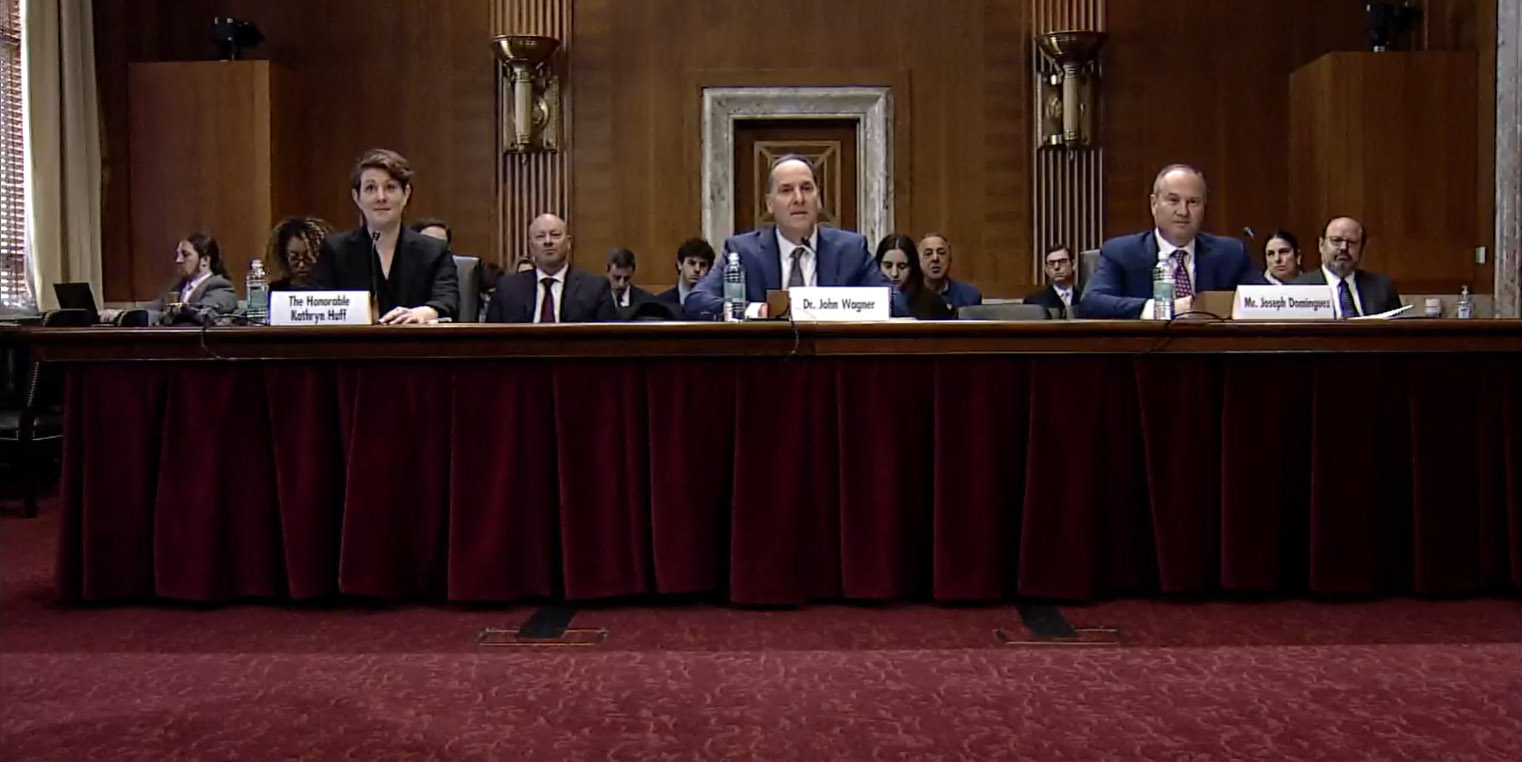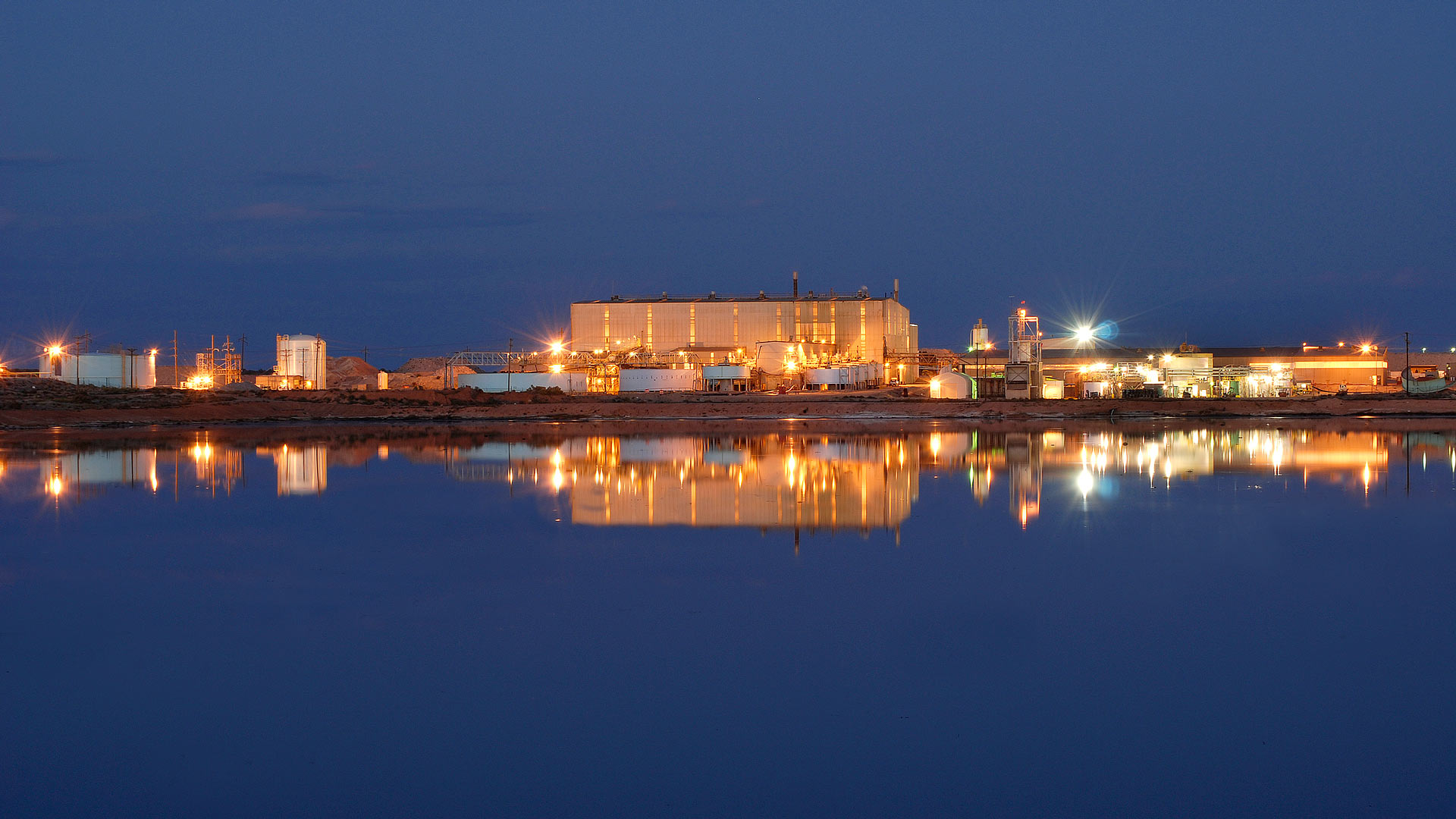March 14, 2023, 9:39AMEdited March 14, 2023, 9:38AMNuclear News In this screenshot from a video recording of the hearing, Huff, Wagner, and Dominguez answer a series of questions from Sen. Manchin
“Right now, our country is deficient in nearly every aspect of the fuel cycle. This must change and it must change quickly,” said Sen. Joe Manchin (D., W.V.), chairman of the Senate Committee on Energy and Natural Resources (ENR), as he opened a Full Committee Hearing to Examine the Nuclear Fuel Cycle on March 9. “Whether it is uranium mining, milling, conversion, enrichment, nuclear fuel fabrication, power generation, or nuclear waste storage and disposal, there is much work to be done, starting with conversion and enrichment. Simply put, Russia dominates the global market, representing nearly half of the international capacity for both processes.”
Energy Fuels’ White Mesa Mill in southeastern Utah is the only operating conventional uranium mill in the United States. (Photo: Energy Fuels)
The bipartisan Nuclear Fuel Security Act (NFSA), introduced in the Senate last week, would authorize the Department of Energy to establish a Nuclear Fuel Security Program to “ensure a disruption in Russian uranium supply would not impact the development of advanced reactors or the operation of the United States’ light water reactor fleet.” The bill was introduced by Sen. Joe Manchin (D., W.V.), chairman of the Senate Energy and Natural Resources (ENR) Committee; Sen. John Barrasso (R., Wyo.), ranking member of the Senate ENR committee; and Sen. Jim Risch (R., Idaho).
An approach to future plant fabrication and siting suitable for many reactor types and scales, with large potential worldwide benefits
July 29, 2022, 3:25PMNuclear NewsMichael Golay, Jacopo Buongiorno, and Neil Todreas The offshore plant combines two mature technologies: the floating rig and the nuclear reactor.
In recent years, the rate of building new nuclear power plants has slowed internationally except in some rapidly developing countries. In Western countries that have considerable experience with nuclear power, completion of new projects on time and on budget has become more difficult. Shipyard-fabricated plants may offer a new direction for meeting international needs and responding to requirements for better cost control and safety. In this article we offer an overview of the floating nuclear power plant concept, including experience with it to date and its key engineering and strategic features, along with related uncertainties and needed conditions for future projects to be successful.




